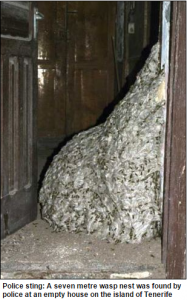Webworms are the caterpillar form of a small white moth. The moths fly around during the summer laying their eggs on the underside of tree leaves. The moths seem to prefer alder, willow, cottonwood, apple, pear, peach, pecan, walnut, elm, and maples but will eat a very large variety of trees and shrubs.
 The fall webworm, Hyphantria cunea, is a moth in the family Arctiidae known principally for its larval stage, which creates the characteristic webbed nests on the tree limbs of a wide variety of hardwoods in the late summer and fall. The moth is native to North America, ranging from Canada to Mexico, and is one of the few insect pests introduced from North America into other continents all over the world. It now has occupied probably its entire range in Europe from France to the Caspian Sea in the east. It has also penetrated into Central Asia. It has spread into China, southern Mongolia, Korea and southern Primorsky Krai of Russia and is now considered holarctic in distribution.
The fall webworm, Hyphantria cunea, is a moth in the family Arctiidae known principally for its larval stage, which creates the characteristic webbed nests on the tree limbs of a wide variety of hardwoods in the late summer and fall. The moth is native to North America, ranging from Canada to Mexico, and is one of the few insect pests introduced from North America into other continents all over the world. It now has occupied probably its entire range in Europe from France to the Caspian Sea in the east. It has also penetrated into Central Asia. It has spread into China, southern Mongolia, Korea and southern Primorsky Krai of Russia and is now considered holarctic in distribution.
One or two generations of the pest occur in a year. However, in Tennessee, several generations may occur in a year. This pest tends to go through periodic population explosions. Outbreaks every four to seven years may last for two to three years.
 The adult moth lays her eggs on the underside of leaves in ‘hair’-covered clusters of a few hundred. Eggs hatch in about a week. The caterpillars are highly variable in coloration, ranging from a pale yellow to dark grey, with yellow spots and long and short bristle. The maximum length is 35 mm. Webs are progressively enlarged, and much messier looking than those of other caterpillars. Larvae feed inside the tents until the late instars. Very young larvae feed only on the upper surfaces of leaves. Later, they consume whole leaves. The larval stage lasts about four to six week. The larval stage of this pest skeletonizes and consumes leaves inside the protection of a tent-like web that they enlarge as they require additional food and grow. On shade trees, webs usually occur on occasional branches. The fall webworm feeds on just about any type of deciduous tree. It feeds on almost 90 species of deciduous trees commonly attacking hickory, walnut, birch, cherry, and crabapple wherein leaves are chewed; in result, the branches or the entire tree may become defoliated.
The adult moth lays her eggs on the underside of leaves in ‘hair’-covered clusters of a few hundred. Eggs hatch in about a week. The caterpillars are highly variable in coloration, ranging from a pale yellow to dark grey, with yellow spots and long and short bristle. The maximum length is 35 mm. Webs are progressively enlarged, and much messier looking than those of other caterpillars. Larvae feed inside the tents until the late instars. Very young larvae feed only on the upper surfaces of leaves. Later, they consume whole leaves. The larval stage lasts about four to six week. The larval stage of this pest skeletonizes and consumes leaves inside the protection of a tent-like web that they enlarge as they require additional food and grow. On shade trees, webs usually occur on occasional branches. The fall webworm feeds on just about any type of deciduous tree. It feeds on almost 90 species of deciduous trees commonly attacking hickory, walnut, birch, cherry, and crabapple wherein leaves are chewed; in result, the branches or the entire tree may become defoliated.
The fall webworm is a widely distributed native pest of shade trees and shrubs and appears from late summer through early fall. This species acts similarly to the eastern tent caterpillar, but the fall webworm constructs its nest over the end of the branch rather than at tree crotches. The large conspicuous webs contain caterpillars, dead partially eaten leaves, and fecal droppings.
 This pest usually eats leaves late in the season and the nests are generally concentrated to limited areas. Although trees experience heavy damage from webworms in the fall, it is the summer defoliations that cause the most stress on the trees. Summertime is when pecan trees are actively developing their nut crop and storing food for the winter in their roots. By the time defoliations occur in the fall, the impact to the tree is minimized because it has stored its winter food and produced its pecans. Fall webworms in South Texas prefer pecan trees to most other trees but will munch on mulberry, hickory, oak, willow or redbud just as readily. The webs are made by groups of caterpillars hatched from the same egg mass. Webworm caterpillars and moths are active at night when most of their predators (paper wasps, hornets, and birds) are inactive. The caterpillars feed on leaf material and leave the stems and veins behind. Although these caterpillars are hairy, they do not sting; however, they can cause an irritating rash if their hairs come in contact with human skin.
This pest usually eats leaves late in the season and the nests are generally concentrated to limited areas. Although trees experience heavy damage from webworms in the fall, it is the summer defoliations that cause the most stress on the trees. Summertime is when pecan trees are actively developing their nut crop and storing food for the winter in their roots. By the time defoliations occur in the fall, the impact to the tree is minimized because it has stored its winter food and produced its pecans. Fall webworms in South Texas prefer pecan trees to most other trees but will munch on mulberry, hickory, oak, willow or redbud just as readily. The webs are made by groups of caterpillars hatched from the same egg mass. Webworm caterpillars and moths are active at night when most of their predators (paper wasps, hornets, and birds) are inactive. The caterpillars feed on leaf material and leave the stems and veins behind. Although these caterpillars are hairy, they do not sting; however, they can cause an irritating rash if their hairs come in contact with human skin.
Webworms enclose small branches and leaves in their light gray colored webs. Constant infestations of individual trees will cause limb and branch diebacks. There are several chemicals that help to control the webworms, but they may not be practical due to the problems related to application complications in larger trees.
Hence to help alleviate or else completely eradicate the infestation we C Tech Corporation provide you with the best effective solution Combirepel™.Combirepel™ is an anti-insect aversive developed on the grounds of green chemistry and technology.
Our product works on the mechanism of repellency. It temporarily inhibits the mating cycle of the insects. The product impairs the ability of the insects to reproduce, that is the insects will not lay eggs or the laid eggs will be infertile. The product causes feeding disruption in an insect by triggering an unpleasant reaction within the insect which might try to feed on the application. The product temporarily blocks the reproduction system of the insects by hindering the release of the vital hormones for growth.
Combirepel™ is thermally stable and does not degrade on exposure to heat and sunlight. It does not kill or harm the insect but repels them. It does not volatilize and does not degrade the soil. It is RoHS, RoHS2, ISO, REACH, APVMA, NEA compliant and FIFRA exempted.
Combirepel™ is an eco-friendly product which acts as an aversive to repel the pesky insects like roaches. Combirepel™ do not kill the targeted as well as non-targeted species but just repel them causing no harm no to human and environment.
Combirepel™ is available in the form of masterbatch, liquid concentrate, and lacquer. Our Combirepel™ masterbatch can be used in polymer base applications like wires, cables, irrigation pipes, polymeric vessels, and other various applications.
Combirepel™ liquid concentrate can be mixed in the paints to cover the areas like cracks and crevices of walls and hidden places where the roaches tend to survive.
Combirepel™ lacquer is the topical coating to cover the places like bathrooms, cupboards, steam tunnels, etc.
Hence we provide you with the best effective solution.
Contact us as technical.marketing@ctechcorporation.com to get solution on pest nuisance.
Also, visit our websites:
http://www.ctechcorporation.com/
http://www.rodrepel.com/
http://www.termirepel.com/
http://www.combirepel.com/
Follow our Facebook pages at:
1] https://www.facebook.com/Combirepel-411710912249274/
2] https://www.facebook.com/Termirepel-104225413091251/
3] https://www.facebook.com/Rodrepel-120734974768048/
Follow us on our Twitter pages at:
1] https://twitter.com/rodrepel
2] https://twitter.com/termirepel
3] https://twitter.com/combirepel





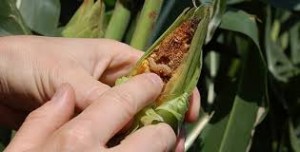
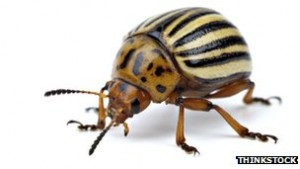
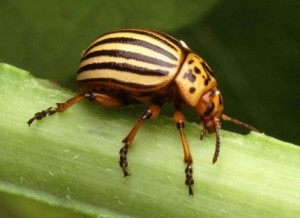
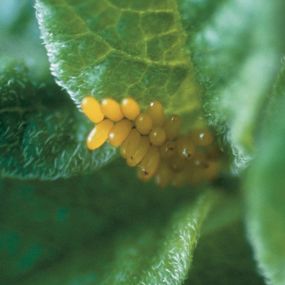
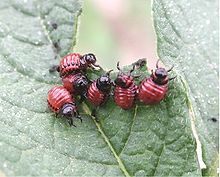
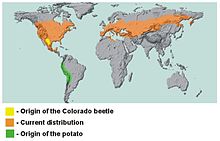
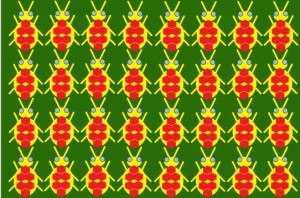



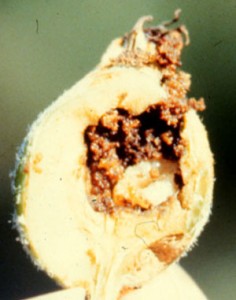

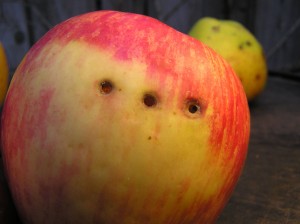

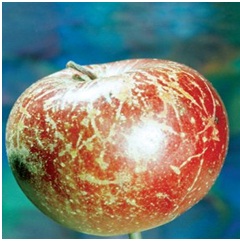






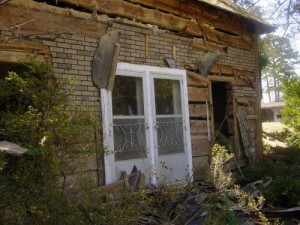
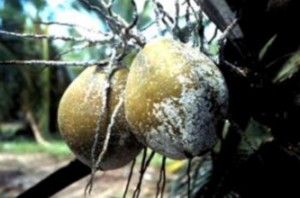
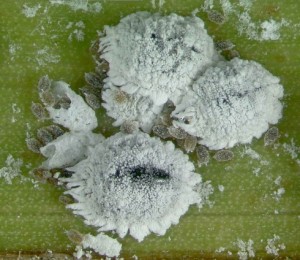
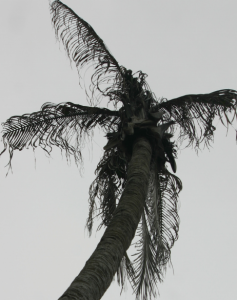
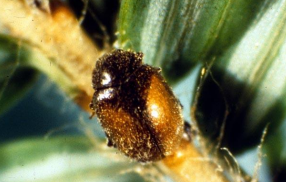
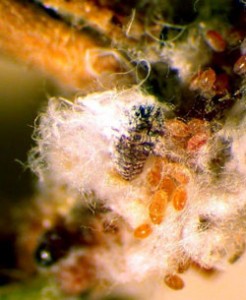


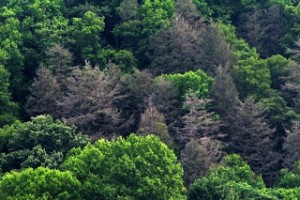
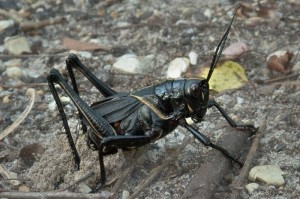
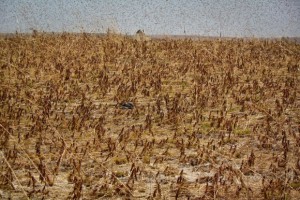
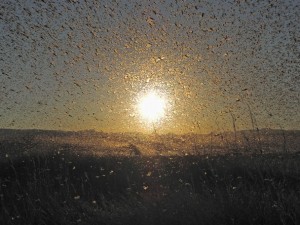
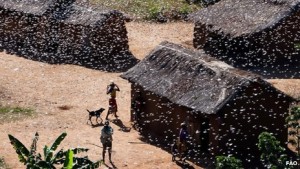
 family Siricidae. Of greatest concern are the large, non-stinging wasps that normally are attracted to and complete their life cycles in newly dead or dying conifer trees. Timber salvaged from these trees can be processed into infested lumber. This can lead to adult wasps emerging in recently completed buildings or structures.
family Siricidae. Of greatest concern are the large, non-stinging wasps that normally are attracted to and complete their life cycles in newly dead or dying conifer trees. Timber salvaged from these trees can be processed into infested lumber. This can lead to adult wasps emerging in recently completed buildings or structures.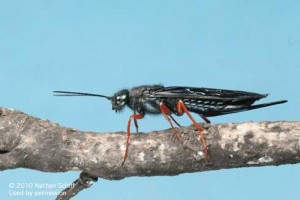
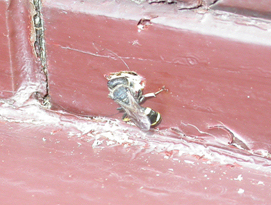 ed, usually fewer than a dozen. Emerging wood wasps can chew throughjust about any substance, and you can see their large exit holes in wallboard or plaster walls, hardwood floors, linoleum, carpeting, nonceramic floor tiles, and other interior surfaces.
ed, usually fewer than a dozen. Emerging wood wasps can chew throughjust about any substance, and you can see their large exit holes in wallboard or plaster walls, hardwood floors, linoleum, carpeting, nonceramic floor tiles, and other interior surfaces.
